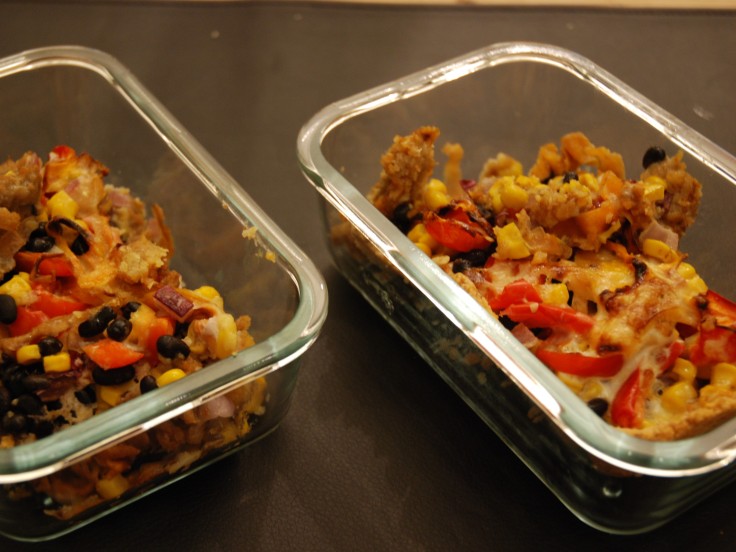If you are, like me, the kind of person who bring leftovers for lunch, you should consider which container you use. I used to have the small simple plastic ones, because they take minimal space in the cabinet and in the freezer. Ideal. But, it’s neither healthy or great for the environment so I´ve decided to change that.
I´ve invested in a few glass containers for my leftovers instead, and although they are still too few to fill up my need, I try to prioritize them. They feel nicer to eat in, and I know I don´t get any plastic in me from microwaving them. And of course, they are prettier and don’t go that ugly yellowish color after a few uses. The ones I have are from IKEA if you want to get some.
There are however two issues.
One, they are to big to fit conformable in my freezer. I´m going to look for smaller ones that work better and that problem will be solved. If you aren´t a regular leftovers-person this is not an issue, but for me who cooks for ten meals at a time it’s a problem.
And second, what to do with my old ones? This is a general issue when changing to eco-friendly products: it shouldn’t mean you throw the other stuff out because then you still created extra waste. Therefore, I´m still using my old ones, and I’m trying to figure out if I can give them to someone who needs a few free.
So they are two solvable issues at least.
Oh, and in the other container in the picture is a food thermos which is perfect for picnics and stuff, or soup. And if you often bring salad you can use glass jars for that – it’s easy and looks really tasty.
Why not share our thoughts on sustainable believing?














